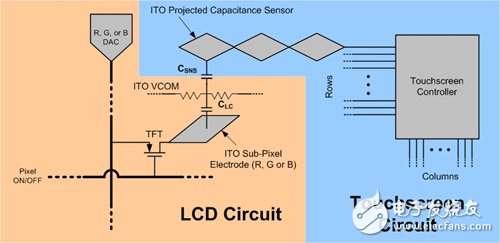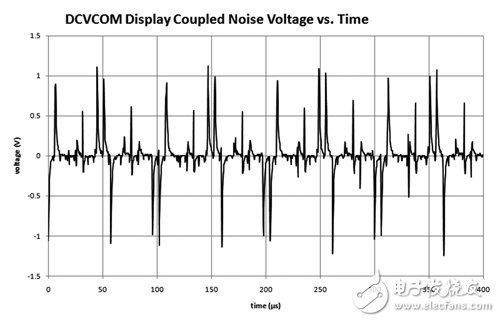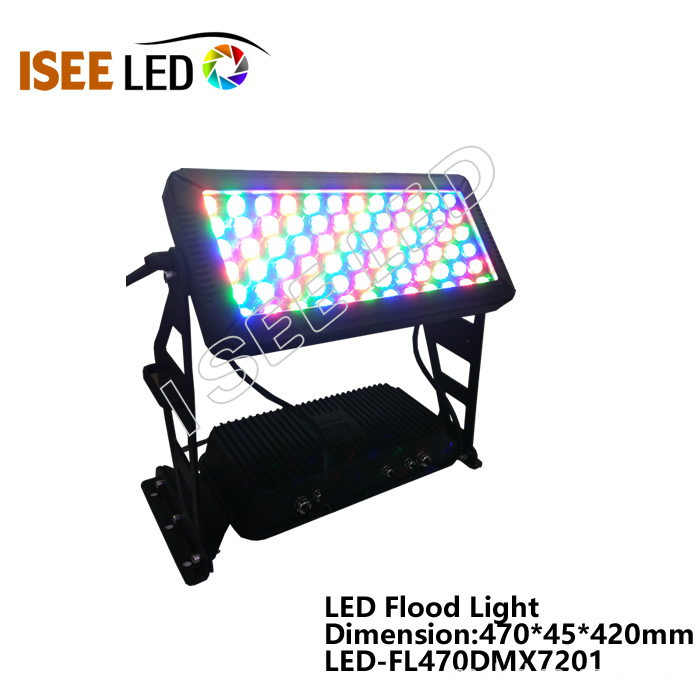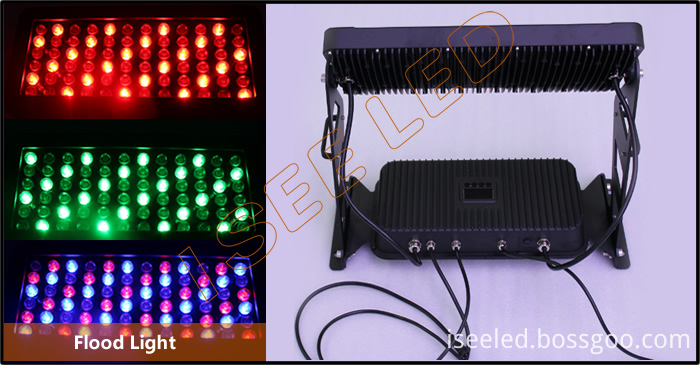Core Tip : The slim design of the smartphone makes the touch panel controller vulnerable to noise interference from the display. In order to solve this problem, touch chip developers have begun to improve the design of touch sensors and strengthen the synchronization of the operating frequency of touch modules and LCD panels. At present, the new design plan has been introduced by developers of In-cell embedded capacitive touch screens.
The noise generated by the display will interfere with the sensing function of the capacitive touch screen. To further improve it, it is necessary to understand the basic principles of liquid crystal display (LCD) technology and the causes of noise to find out the way to deal with it.
First of all, it is necessary to sort out what kinds of displays appear on the market today, such as active matrix organic light-emitting diodes (AMOLED), thin-film transistors (TFT) LCD and other commonly used smart phones. Generally speaking, AMOLED has better picture quality and less noise interference to touch chips than LCD, but AMOLED panels are more expensive and more difficult to manufacture than LCD; therefore, LCD still dominates the entire market to date. Since LCD display is the most popular technology, but it also generates the most noise, this article will focus on LCD.
Touch thinness exacerbates LCD noise
In order to understand why LCD generates noise, it is necessary to master the basic operation principle of LCD. As shown in Figure 1, from the bottom of the LCD display, the light is reflected upwards after being generated. Each pixel contains three sub-pixels of red, green and blue, and each sub-pixel contains a liquid crystal stack (Sandwich). The top of the stack is laminated with an indium tin oxide (ITO) transparent conductive film, with liquid crystal material sandwiched between the top and bottom layers.

Figure 1 LCD and touch panel architecture
Among them, the top layer is the common pole of all the sub-pixels, usually called the VCOM layer; the bottom layer is specially configured for the sub-pixels, called the sub-pixel electrode. When the voltage is connected to the LC stack, the liquid crystal material will reverse the polarity of white light Polarity), the polarizing plate above the stack, only allows light of a specific polarity to pass through. If the polarity of the light is the same as that of the polarizer, the sub-pixel will reach the highest brightness. If the light polarity is opposite to the polarizer, the brightness of the sub-pixels will be minimized.
In addition, each sub-pixel has a layer of color filter (R, G, or B), which acts like a stained glass window. By leading the voltage to the liquid crystal stack of three sub-pixels, the pixel can be set to any RGB Composition color. Each sub-pixel also contains a TFT as an on / off switch to the liquid crystal stack voltage. This design can effectively sort the pixels on the screen when refreshing the full-screen image.
As shown in Figure 2, the pixel is turned on at the TFT gate, the source of the TFT is connected to the output of the color digital analog converter (DAC), and the drain of the TFT is connected to the ITO sub-pixel electrode. Since the liquid crystal material cannot withstand direct current (DC) voltage, the bias voltage must be alternating current. The two types of LCD displays, ACVCOM and DCVCOM, are also different. The former mainly actively drives VCOM and sub-pixel electrodes through a differential voltage. Because the VCOM layer is driven by AC, it is called ACVCOM. The latter drives the common pole layer through DC, and the sub-pixels are driven by AC. The signal swings around the DC value. The two VCOM solutions have different performance and cost advantages.

Figure 2 LCD and touch panel circuit diagram
The industry knows that ACVCOM will drive a large area of ​​ITO (VCOM) layer, which will cause a lot of noise; DCVCOM is well known in the industry for its low noise performance, but this is not necessarily the case. In the past, there was a thin gap (Air Gap) between the sensor and the LCD surface. But nowadays mobile phones are made thinner, so most of them do not have this gap anymore, and the method of directly attaching the ITO sensor directly to the LCD surface is gradually adopted by most manufacturers, resulting in more serious noise coupling.
What's more, the current design direction of the industry is to require the touch panel controller to directly sense VCOM and sub-pixel electrodes, that is, in-cell touch technology. Therefore, between the touch screen and the LCD controller Synchronization can avoid noise interference when scanning the touch screen; now the LCD of most smartphones is gradually phasing out ACVCOM, switching to higher quality DCVCOM and AMOLED displays, and moving towards direct bonding or In-Cell to reduce Manufacturing cost and product thickness.
LCD noise will be coupled to the touch sensor
As for how LCD noise is coupled to the touch screen sensor, the main reason is that its circuit noise will be coupled to the two capacitors of the touch screen circuit. The first capacitor is CLC. This capacitor is formed between the sub-pixel and the VCOM surface, during which the liquid crystal material functions as a dielectric.
In the case of a DCVCOM display, the AC signal driving the sub-pixels is coupled to the VCOM layer and becomes noise, which is transmitted to the entire panel. The DCVCOM layer seems to be a good AC ground because it maintains this node with a DC voltage; but in fact it will weaken the noise, because the VCOM layer is made of ITO with a relatively high resistance, and a second noise will occur here Information coupling capacitor situation-CSNS.
The CSNS is formed between the VCOM layer and the capacitive sensor. The remaining noise voltage of the VCOM layer is coupled to the capacitive touch screen sensor through the CSNS and passed to the pins of the touch panel controller. For ACVCOM monitors, since the AC waveform is used to drive VCOM, LCD noise is also directly coupled to the touch screen sensor via CSNS.
The method of measuring and analyzing LCD noise is quite simple. You can connect a conductive metal to the oscilloscope probe, or use a copper plate facing down, and then directly cover the surface of the display (do not attach a touch screen sensor). In addition, a large copper plate or a copper strip can also be used, but it should be noted that the noise strength will decrease as the conductor size decreases, so it is best to cover the entire surface to minimize the coupling error of the oscilloscope.
Figure 3 shows the captured ACVCOM signal waveform, which usually contains a high-intensity fundamental frequency whose waveform is close to a square wave. The operating frequency of ACVCOM is generally between 5k and 25kHz. Usually, the fundamental frequency will correspond to the speed of updating (scanning line frequency) of each pixel of the LCD.

Figure 3 ACVCOM display coupled noise and time relationship
Figure 4 shows the actually captured DCVCOM waveform. The DCVCOM waveform is similar to several sharp high-frequency pulses, and there is no high-intensity fundamental frequency similar to ACVCOM, but its harmonic content can easily be as high as 50k ~ 300kHz, and the short pulse corresponds to the sub-pixel electrode driving signal. The characteristics of DCVCOM noise are highly dependent on the displayed image. The worst image is usually black and white interlaced pixels arranged on the entire screen in a checkerboard pattern (looks close to gray); however, before analyzing the characteristics of DCVCOM monitors, be sure to test more Different images.

Figure 4 DCVCOM display coupled noise voltage and time relationship
LED Flood Lights always for flood lights to light a wide or narrow place, like a tree, figure, building frame, landscape lighting, stadium lighgting, etc. As a Outdoor Led Lighting, the flood light is waterproof. Floodlight run on 12V, 24V, 110V-220V, and the dmx LED Flood Light can control by standard dmx Led Controller, like sunlite, madrix, etc. The flood lights panel can be rectangle, square, round, two head flood lights.The output wattage from 9W Led Flood Light, 18W led flood light, 30W led flood light, 36W led flood light, upto 72W led flood light, 144W led flood light.
Photo show of LED Flood light:


LED Flood Light
Led Flood Light,Flood Lights,24V Led Flood Lights,Waterproof Led Flood Light
Shenzhen Iseeled Technology Co., Ltd. , https://www.iseeledlight.com